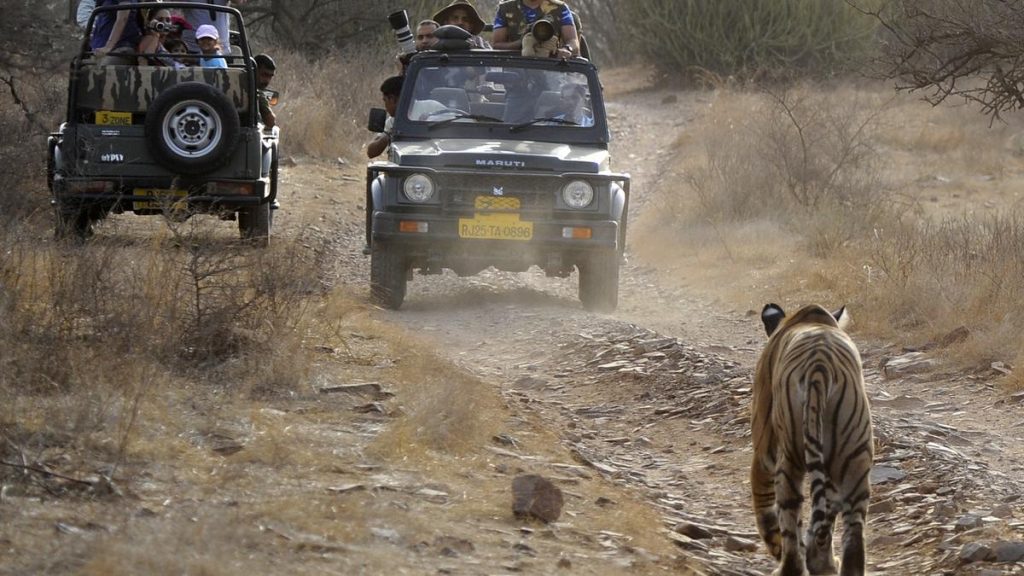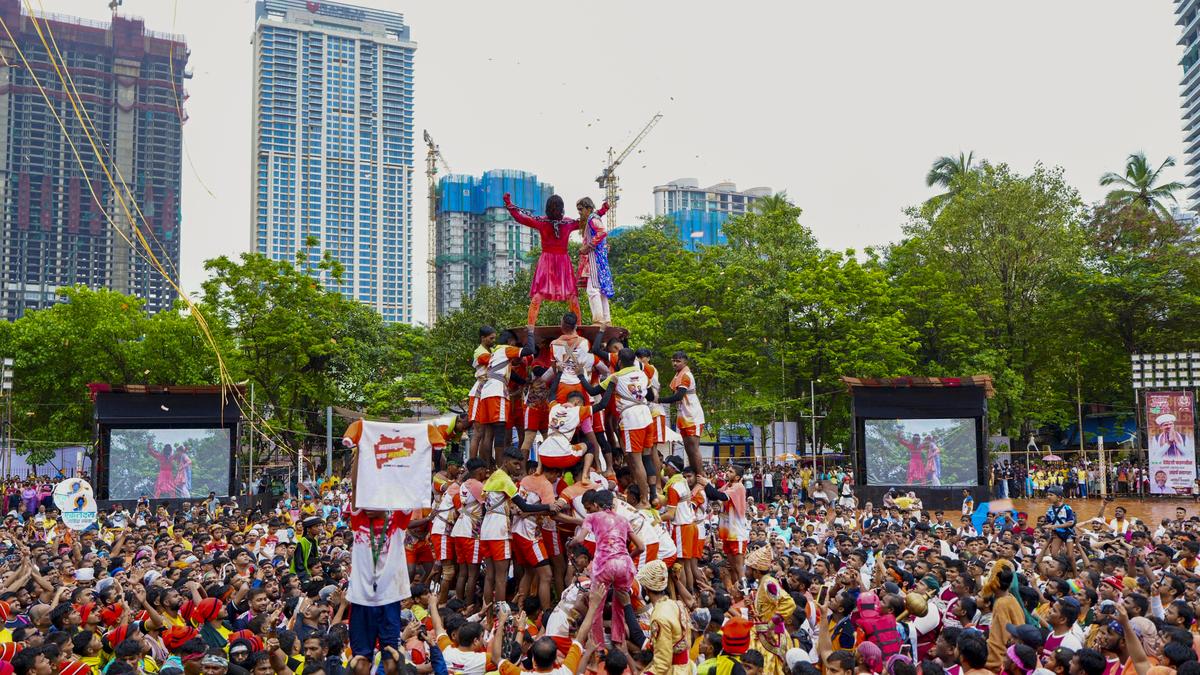Now Reading: Reviving Corals: Hope Restored in Gulf of Mannar
-
01
Reviving Corals: Hope Restored in Gulf of Mannar
Reviving Corals: Hope Restored in Gulf of Mannar
Quick Summary
- Coral reefs along Tamil Nadu’s Gulf of Mannar Marine Biosphere are being restored by scientists from SDMRI, Thoothukudi, in collaboration with the Tamil Nadu Forest Department.
- Restoration involves using artificial substrates, including concrete frames and artificial reef modules (Triangular Artificial Reefs – tars, and Perforated Trapezoidal Artificial Reefs – PTARs), to address unstable natural substratum caused by coral mining as the 1960s.
- Since 2002, about 51,183 coral fragments have been transplanted in over 5,550 artificial substrates, restoring an approximate area of 40,000 sq.m. Success rates for transplant survival have ranged between 55.6%-79.5%.
- coral restoration has increased live coral cover substantially at restored sites compared to unrestored ones – e.g., at Vaan Island’s restored site from 2.7% (2006) to 18.8% (2020). Fish density also rose markedly in these areas during this time period.
- Notable methods used include transplantation of fast-growing families like Acropora and slower-growing massive corals like Porites.Results showed higher growth rates for families such as Acropora intermedia at certain sites over five years.
- The Tamil nadu government has launched a new initiative under the TNSHORE project to deploy multi-purpose artificial reef modules at Kariyachalli Island for biodiversity conservation and fishery enhancement while restoring degraded reefs and seagrass beds.
Indian Opinion Analysis
The efforts by SDMRI and the Tamil Nadu government represent innovative strides towards tackling the ecological consequences of coral degradation in India’s marine ecosystems. By employing low-cost techniques suitable for local conditions-like artificial reef modules-the restoration process addresses both environmental sustainability and socio-economic concerns like fisheries dependency on local biodiversity.
Key measurable outcomes such as improved live coral cover, enhanced fish density, species diversity recovery across sites like Vaan Island showcase how targeted scientific interventions can yield impactful results even over challenging timelines spanning decades.These projects could provide blueprints for similar climate mitigation methods across India’s coastline facing threats from climate change or anthropogenic pressures.
moreover, integrating community capacity-building alongside ecological restoration strengthens stakeholder-based conservation models essential for long-term success in resource management systems reliant on ocean health.

























